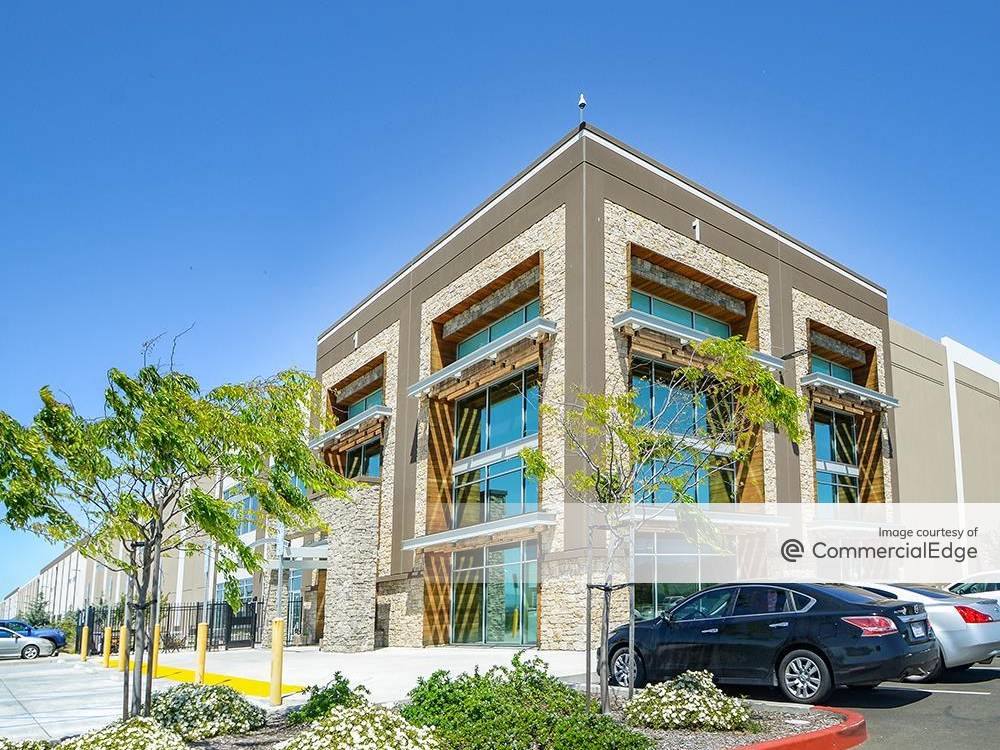Coronavirus Places Premium on Healthy Buildings
In a new report, DBRS Morningstar assesses the importance of well-designed healthy properties in the post-coronavirus workplace.
Well-designed healthy buildings will receive increased attention from tenants as COVID-19-related shelter-in-place regulations are lifted, according to new report by DBRS Morningstar.
READ ALSO: Green Building: Beyond the Environment, Operational Savings
In Demand for Healthy Buildings Could Drive ESG Investment in Commercial Real Estate, DBRS Morningstar notes that healthy building strategies that incorporate operational and creative design elements can curb the spread of contagions and promote a healthier work environment in general. Of high importance is ventilation system design. The report points to research suggesting that elevating the intake of external air or installing high-grade filtration systems would decrease contaminant recirculation. The trend going forward will see office and other buildings take on elements more commonly seen in health-care design, including higher-efficiency air filtration systems; copper plumbing as opposed to the plastic variety; antimicrobial fabrics; more spacious bathrooms; and ultraviolet light for the overnight disinfection of surfaces.

Kevin Augustyn, Vice President of DBRS Morningstar’s North American CMBS Team. Image courtesy of DBRS Morningstar
While it took years for the commercial real estate industry to fully embrace green buildings, which focus more on environmental efficiencies, DBRS Morningstar expects that it will take far less time for the industry to adopt the concept of healthy buildings.
“We believe there will be less of a lag because the need for a healthy work environment is a very personal and critical issue that affects every office space user,” Kevin Augustyn, vice president of DBRS Morningstar’s North American CMBS team, told Commercial Property Executive. “Also, because healthy building design and operating procedures are so personal and concrete, they can also accelerate overall interest in broader ESG factors.”
Expediting an impending change
Per the DBRS Morningstar report, the pandemic is pushing forward a transformation of the workplace that was already in the works: The modification of the open office concept. “While the trend even before the COVID-19 crisis has been away from open floorplans, this transition will take time,” said Augustyn. “Within a given company’s current space it may not be physically possible to build out individual offices for every employee. In the interim at least the solution may require some percentage of employees working from home on a rotating basis and more hoteling and shared desks for those that are in the office on a particular day. Whether it is in the form of individual offices or more spread out workstations, we believe office space will become less dense.”
Additionally, the concept of the purpose of the workplace is in flux. The trend is moving away from the office as a place to do individual work to the office as a place for people to converge for collaboration. “Going forward, the COVID-19 crisis has demonstrated that the individual work can be effectively done at home and the primary reason to go to the office will be for meetings and collaboration,” Augustyn added.
The value of healthy real estate
DBRS Morningstar asserts in the report that integrating relevant design and operational procedures may enhance property demand and value. While there are not yet enough market comparables for healthy buildings to verify their role in lowering vacancy rates or increasing rents, there is data that suggests developers and owners can reap rewards from incorporating strategies that promote health and wellness through design. These strategies, according to DBRS Morningstar, can help attract and retain talent in the post-pandemic workplace.








You must be logged in to post a comment.